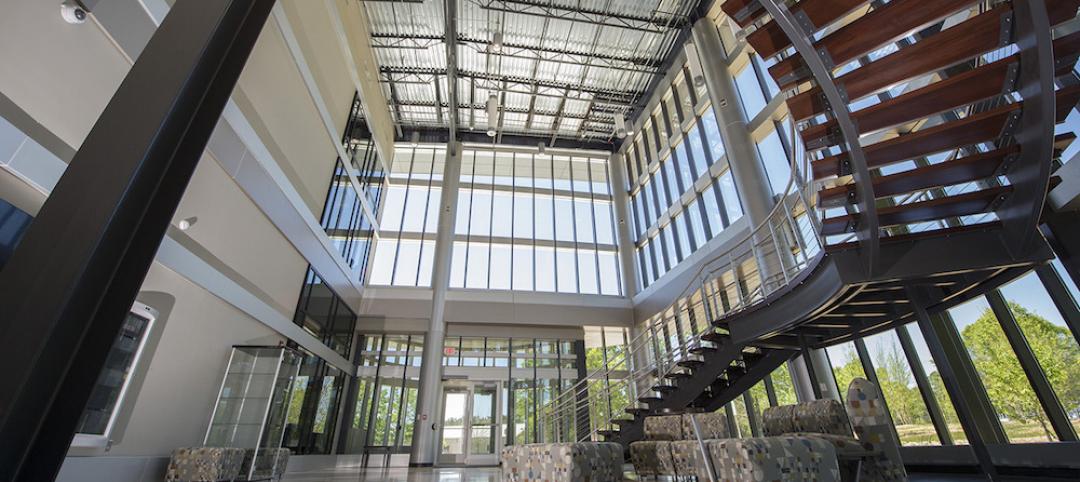Specific disaster mitigation strategies that go beyond the requirements of the 2015 International Codes model building codes could save the nation billions of dollars, according to the National Institute of Building Sciences just issued Natural Hazard Mitigation Saves: 2017 Interim Report.
Investing in hazard mitigation measures to exceed select code requirements can save the nation $4 for every $1 spent, the report says. The report comes on the heels of the nation’s worst year of natural disasters in terms of cost. There were 16 events in 2017 with losses exceeding $1 billion, with total costs of about $306 billion, surpassing the record losses in 2005 by $100 billion.
Effective strategies to exceed minimum requirements of the 2015 I-Codes include:
– For flood resistance (to address riverine flooding and hurricane surge), building new homes higher than required by the 2015 International Building Code (IBC).
– For resistance to hurricane winds, building new homes to comply with the Insurance Institute for Business & Home Safety (IBHS) FORTIFIED Home Hurricane standards.
– For resistance to earthquakes, building new buildings stronger and stiffer than required by the 2015 IBC.
– For fire resistance in the wildland-urban interface, building new buildings to comply with the 2015 International Wildland-Urban Interface Code (IWUIC).
NIBS notes that while mitigation represents an excellent investment, not everyone is willing or able to bear construction costs for more resilient buildings, even if the long-term benefits exceed the up-front costs. Programs to help finance mitigation projects should align incentives from finance, insurance, government and other stakeholders, NIBS says.
Related Stories
Energy | Jul 25, 2016
Michigan law provides local governments with flexible energy conservation financing
Allows cities to fund projects without adding debt.
Contractors | Jul 15, 2016
Trade unions, contractors call for maximum penalty in construction worker death case
‘Sick and tired’ of lawbreaking contractors defining public perception.
Multifamily Housing | Jul 14, 2016
Portland, Ore., City Council approves construction excise tax for affordable housing
Expected to raise $8 million annually on commercial and residential projects.
Drones | Jul 13, 2016
FAA issues final rule on commercial use of drones
The rule covers commercial uses for drones that weigh less than 55 pounds, and it takes effect Aug. 29.
Codes and Standards | Jul 12, 2016
OSHA raises maximum civil penalties by 78%
Applies to infractions that occurred after Nov. 2, 2015.
School Construction | Jul 11, 2016
Fight over school funding in Arizona headed to court
Legislature accused of ignoring 1994 ruling ordering state to pick up some of the costs.
Green Specifications | Jul 8, 2016
World Green Building Council sets goal of 100% net-zero buildings by 2050
All new buildings and major renovations to be net-zero by 2030.
Market Data | Jul 7, 2016
Airbnb alleged to worsen housing crunch in New York City
Allegedly removing thousands of housing units from market, driving up rents.
Urban Planning | Jul 7, 2016
Y Combinator project would build new city using new technology, urban policies
Zoning, property rights, building codes all could be re-imagined.
Green | Jul 6, 2016
U.S. healthcare system’s GHG emissions rise 30% in past decade
If U.S. healthcare were a country, it would rank 13th in GHG emissions.

















